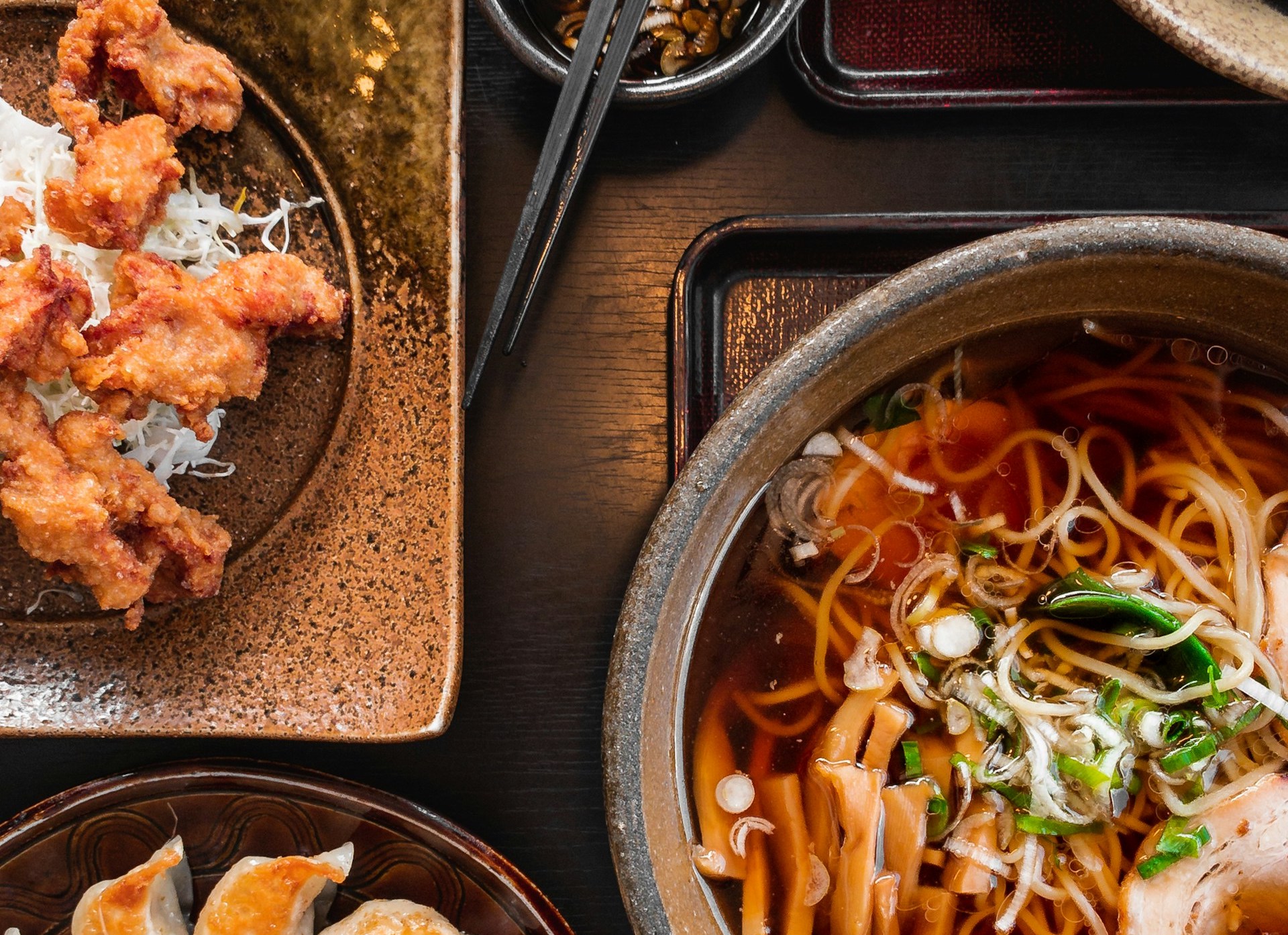
For centuries, the Japanese have been envied for their long life expectancy that is higher than almost any other nation in the world.
For the most part, Japanese longevity has been attributed to their strict plant- and fish-based diet with minimal dairy and fruit. In fact, according to the British Medical Journal, people who followed the Japanese’s eating habits had lower risks of heart disease, stroke, and even early death.
The Japanese diet is not very different from that of the Chinese as both have similar staples that include pickled or cooked vegetables and rice. But since Japan is an archipelago and is surrounded by water, they tend to have more fish in their dietary regimen.
Read on to learn all about the core principle of the Japanese diet and its elements that you can copy at home.
The Golden Rule in the Japanese Diet
The Japanese follow one golden rule when it comes to food: “Less is more.” This age-old adage popular across Asia entails maximizing the flavors and tastiness of things that nature gave us without relying largely on quantity.
The golden rule in the Japanese diet also emphasizes “shun,” or the seasonality of ingredients. They believe that when you eat what is abundant during that specific time of year, you maximize the food without upsetting the natural balance.
While modesty is crucial in the Japanese diet, focusing on shun can help you redirect your perspective to other attributes of the food other than sheer quantity. This way, you get to use all your senses to get the most out of your dining experience.
4 Things to Copy from Japanese Cuisine
Traditionally, Japanese culture promotes healthy eating not only in terms of food selection but also by culminating the right attitude in their young. In fact, the Japanese children’s eating habits are guided by the saying “hara hachi bu,” or eating until you are 80 percent full.
If you want to get the same longevity as the people of Japan, then you might want to try copying the following four elements from authentic Japanese cuisine and diet.
1. Serve food in small portions
If you want to help your family eat like the Japanese, then serving food in small portions is a good way to start. Instead of having one big plate, the Japanese eat from small bowls filled with several varieties of dishes. This usually includes one bowl for rice, another for miso soup, some for meat or fish, and two others or more for vegetable dishes.
The Japanese also follow this type of serving portions for their treats and snacks. That said, if you want to live longer, exercise the Japanese “flexible restraint” and allow desserts and treats in your diet in smaller helpings.
2. More fish, please!
As mentioned earlier, Japan is home to plenty of fish eaters because of their geographic location. This is also the reason why fish is the most common staple in Japanese cuisine – not rice.
In fact, statistics show that the average Japanese eats over 154 pounds of fish every year. If you calculate it on a daily basis, the Japanese eat around half a pound of seafood every single day. The Japanese also account for 12 percent of the worldwide fish consumption, even if they only comprise 2 percent of the global population.
So why do they eat so much fish? Aside from its abundance in their country, the Japanese also take advantage of the health benefits that fish can bring to humans. Whether fresh, smoked, cured, or salted, fish contain plenty of vitamins and minerals. It is also rich in omega-3 fatty acids that help prevent the occurrence of several types of cancer. So make sure to check out your local grocery delivery service provider for the top-quality seafood selections they offer.
3. Less heat in food preparation to get more nutrients
Ever wondered why there is very little fried Japanese food? According to food scientists, this is because the Japanese found that the method of food preparation can change its nutritional value.
In terms of food preparation, three methods are most popular in Japan: steaming, simmering and serving food raw. These are followed by boiling and grilling, with sauteing and frying seen as the lesser-used methods of food preparation.
If you notice, many of the most popular Japanese dishes aren’t cooked at high temperatures. This is because cooking methods that involve high heat like frying tend to break down the nutrients inside the food.
For instance, oily fish like “aji” or horse mackerel is known to contain omega-3 fatty acids, particularly EPA and DHA. But when you decide to fry this nutritious fish, you’ll only get approximately one-tenth of the EPA and DHA present in its sashimi version.
4. Skillful use of fermented seasoning
Authentic Japanese cuisine is known for its use of fermented seasonings like miso, soy sauce, mirin, sake, and vinegar. They can help create a mouthwatering delicacy without the use of too much sugar and salt.
What’s more, fermented seasoning introduces a variety of good bacteria to the digestive system, which helps maintain balance in the gut flora. If you have Spinneys in your area, make sure to scan their extensive catalogue of Spinneys products for the different kinds of fermented condiments and ingredients they carry.
Prepare to “Sashimi” to Longevity
Whether you’re after longevity or simply want to eat food that is both delicious and nutritious, try following the Japanese way of eating. Who knows? You might be able to prove to yourself that living a long life is possible, even with just a change in your diet.

